Comentarios / Preguntas (56)
![]() Antonella Stellino escribió:
Antonella Stellino escribió:
Hi, I would like to know if exisist any books which explain the correct proportions of stiches and felting to create any objects. I tried to use the techinque of felting to make a little box but after knitting and felting it was too big. Thanks
15.02.2025 - 12:35DROPS Design respondió:
Dear Antonella, in general, when you want to felt a piece, you should first make a swatch (a 10x10 square) and then felt it and check how it shrinks. Then, applying rule-of-three mathematics you can try and do a bigger piece. However, trying to do something like this from scratch will lead to a lot of trial and error. In our feltable yarns, you can find a "Felting" tab in the "About this yarn" section, which shows the gauge and result before and after felting a swatch. You can also read more in this lesson. Happy knitting!
17.02.2025 - 01:00
![]() Sabrina escribió:
Sabrina escribió:
Hi, I would like to know if exisist any books which explain the correct proportions of stiches and felting to create any objects. I tried to use the techinque of felting to make a little box but after knitting and felting it was too big. Thanks
15.02.2025 - 12:35
![]() Pam Moloney escribió:
Pam Moloney escribió:
If I put the bag in a pillow case in the machine will this reduce the amount of felting please?
12.12.2024 - 19:15DROPS Design respondió:
Hi Pam, yes, it can reduce felting a little bit, but more important is the water temperature and spin speed. Happy knitting!
15.12.2024 - 10:32
![]() Pam Moloney escribió:
Pam Moloney escribió:
I would like to put the bag in a pillow case before felting it in the machine to help keep the machine free of fluff.Do you think this will affect how the bag felts? Thanks Pam
12.12.2024 - 06:25DROPS Design respondió:
Dear Pam, this process does not affect the felting in any significant way. If the bag does not felt well, you can repeat the process. Alternatively, you can add an old terry towel or other textured or harder fabric, e.g. jeans, which will increase the friction when washing - this will make the knitting shrink more. Happy knitting!
15.12.2024 - 10:45
![]() Anne Shuyler escribió:
Anne Shuyler escribió:
I love this pattern! My only question is that it all the increases are done right after the garter stitches are finished (and in reverse on the other side) The pattern clearly looks bigger on the bottom than on the top. However you are knitting 74 stitches for the entire body of the bag. Why does it slope out at the bottom? Please help.
10.12.2023 - 14:53DROPS Design respondió:
Dear Anne, the shape is obtained after felting the piece. While the piece is still wet, you should shape the bag by stretching the lower part of the bag more than the upper part. This way you will obtain the sloped look of the bag. Happy knitting!
10.12.2023 - 20:59
![]() Hanna escribió:
Hanna escribió:
Mam przerobić do wysokości 69 cm i zacząć ścieg francuski. Od którego miejsca mam zmierzyć 69cm, od początku czy od ściegu prawego?
17.02.2023 - 14:36DROPS Design respondió:
Witaj Hanno, mierzysz od początku robótki, Pozdrawiamy!
17.02.2023 - 15:26
![]() Lisbeth Lie escribió:
Lisbeth Lie escribió:
Hei! Oppskriften på blomsten må være feil. Setter pris på om dere korrigerer dette. Takk!
02.04.2020 - 09:23
![]() Marialuiza S Jones escribió:
Marialuiza S Jones escribió:
Thank you. It’s lovely!
18.11.2018 - 00:38
![]() Susanne Behrens escribió:
Susanne Behrens escribió:
Guten Tag Wie nähe ich am Besten die Träger an ? Nehme ich dazu die Alaska Wolle oder besser Nähgarn, weil das Ganze sehr dick ist. Grüße aus NRW
29.09.2017 - 10:17DROPS Design respondió:
Liebe Frau Behrens, die Träger können Sie mit Alaska annähen. Viel Spaß beim stricken!
29.09.2017 - 13:23
![]() Teresa escribió:
Teresa escribió:
The straps are finished and have curled lengthwise like long tubes. For best results when felted, should the straps be blocked flat - then twisted? Or is it best to twist them together as they are - naturally curled? Thanks. In advance.
24.01.2017 - 00:33DROPS Design respondió:
Dear Teresa, straps are twisted and sewn on bag before felting. Happy knitting!
24.01.2017 - 09:48
DROPS 98-50 |
|
|
|
|
Bolso fieltrado DROPS con flor a ganchillo en Alaska.
DROPS 98-50 |
|
|
Tensión de la muestra: 16 pts x 20 filas en ag tamaño 5.5 mm a pt jersey = 10 x 10 cm. Pto musgo (de ida y vta en la ag): Tejer todas las filas del derecho. Montar 53 pts (incl. 1 pt orillo a cada lado) en ag tamaño 5.5 mm con Alaska. Tejer en pt musgo. Atención! No trabajar demasiado flojo. Cuando la labor mida 7 cm continuar en pt jersey, al mismo tiempo aum 21 pt repartidos por igual en la fila = 74 pts. Tejer hasta que la labor mida 69 cm. Continuar en pt musgo, al mismo tiempo dism 21 pts repartidos por igual en la fila = 53 pts. Rem cuando la labor mida 76 cm. Asa: Mont 7 pts en ag tamaño 5.5 mm con Alaska. Trabajar en pt jersey hasta que la tira mida 80 cm y rem. Tejer otra tira. Terminación: Doblar el bolso por la mitad y coser los lados dentro de los pts orillo. Doblar el borde en pt musgo hacia abajo ( hacia el LD del bolso) y coser al bolso con pequeñas puntadas. Retorcer las tiras del asa juntas y coser a cada lado del bolso. Fieltrado: Lavar a 40 grados con un detergente sin enzimas ni blanqueador óptico, en un programa con centrifugado normal, sin pre-lavado. Después del lavado, dar forma al bolso cuando aún esté mojado, y dejar secar. En posteriores lavados, lavar el bolso en un programa normal para lana. Flor a ganchillo: Trabajar con ag de ganchillo tamaño 4.5 mm con Alaska como sigue: Tabajar 3 p. de cad. y formar una anilla con 1 p.e. Vuelta 1: * 1 p.b. en la anilla, 3 p.de cad.*, repetir de * a * un total de 3 vcs y finalizar con 1 p.e. en el 1er p.b. del inicio de la vta. Vuelta 2: Trabajar como sigue en cada arco: 1 p.e., 5 p.b., 1 p.e. = 3 hojas. Girar la labor – finalizar la flor por el LR. Vuelta 3: 1 p.b. alrededor del 1er p.b. de la 1ª vuelta, 3 p. de cad., 1 p.b. alrededor del sig p.b. de la 1ª vta, 3 p. de cad., 1 p.b. alrededor del sig p.b. de la 1ª vta, finalizar con 3 p. de cad. y 1 p.e. en la 1ª vta = 3 arcos. Vuelta 4: Trabajar como sigue en cada arco: 1 p.e., 5 p.a., 1 p.e. = 3 hojas. Vuelta 5: 1 p. de cad. Trabajar 1 p.b. alrededor del 1er p.b. de la 1ª vta, 3 p. de cad., trabajar 1 p.b. en la parte de abajo entre el 3er y 4º p.b. en la 1ªhoja de la 2ª vta, 3 p. de cad., 1 p.b. entre el 1º y 2º p.b. en la 2ª hoja de la 2ª vta, 3 p. de cad., 1p.b. entre el 5º p.b. y el p.e. de la 2ª hoja de la 2ª vta, 3 p. de cad., 1p.b. entre el 1º y 2º p.b. de la 3ª hoja de la 2ª vta, 3 p. de cad., 1 p.e. en el 1er p. de cad. del inicio de la vta = 5 arcos. Girar la labor - la sig vta se trabaja por el LD. Vuelta 6: Trabajar como sigue en cada arco: 1 p.e., 5 p.a., 1 p.e. = 5 hojas. Vuelta 7: 1 p. de cad., 1 p.b. alrededor del 1er p.b. de la 3ª vta, * 4 p. de cad., 1 p.b. alrededor del sig p.b. de la 3ª vta *, repetir de *a* y finalizar con 1 p.e. en el 1er p. de cad. de la 1ª vta = 5 arcos. Vuelta 8: Trabajar como sigue en cada arco: 1 p.e., 7 p.a., 1 p.e. = 5 hojas. Vuelta 9: 1 p. de cad., 1 p.b. alrededor del 1er p.b. de la 3ª vta, * 5 p. de cad., 1 p.b. alrededor del sig p.b. de la 3ª vta *, repetir de *a* y finalizar con 1 p.e. en el 1er p. de cad. de la 1ª vta = 5 arcos. Vuelta 10: Trabajar como sigue en cada arco: 1 p.e., 9 p.a., 1 p.e. = 5 hojas. Cortar y asegurar los hilos. Coser el imperdible en el revés de la flor y coser al bolso. DESPUÉS DEL FIELTRADO: Si la pieza no fieltró suficientemente y está muy grande: Lavar la pieza una vez más en la máquina lavadora mientras aún está húmeda y agregar una toalla de felpa que mida aprox. 50 x 70 cm - NOTA: No usar un programa de ciclo corto. Si la pieza fieltró demasiado y está muy pequeña: Mientras la pieza aún está húmeda estirarla a las medidas correctas, si la pieza está seca, asegurarse de mojarla primero. Recuerda - en todos los lavados subsiguientes, debes lavar la pieza como una prenda normal de lana. |
|
¿Terminaste este patrón?Entonces, etiqueta tus fotos con #dropspattern o envíalas a la galería #dropsfan. ¿Necesitas ayuda con este patrón?Encontrarás 19 videos tutoriales, un espacio para comentarios/preguntas y más visitando la página del patrón en garnstudio.com © 1982-2025 DROPS Design A/S. Todos los derechos reservados. Este documento, incluyendo todas sus sub-secciones, está protegido por los derechos de autor (copyright). Lee más acerca de lo que puedes hacer con nuestros patrones en la parte de abajo de cada patrón de nuestro sitio. |







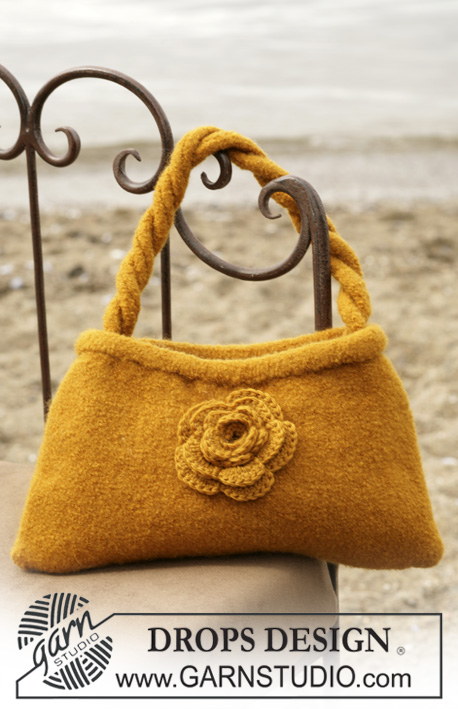
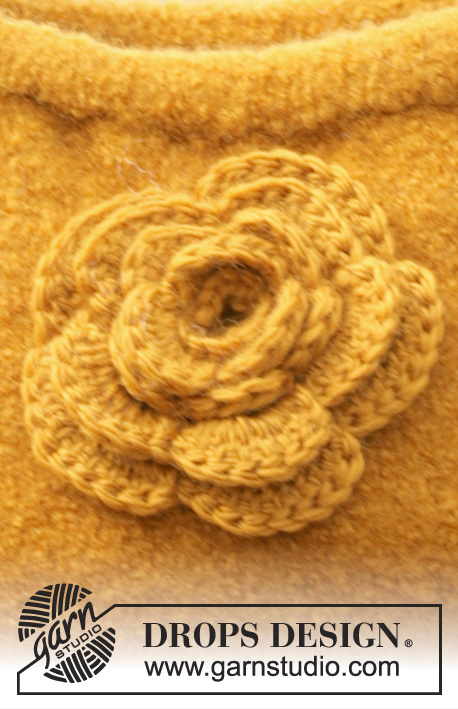
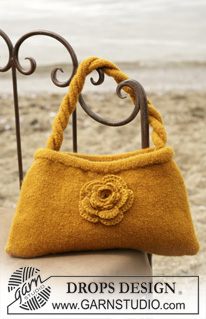



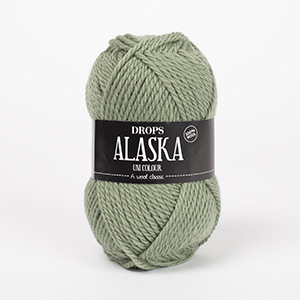
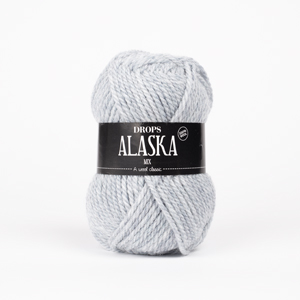
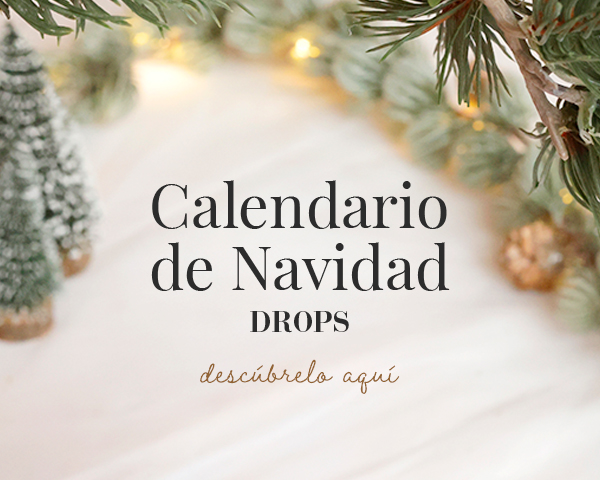
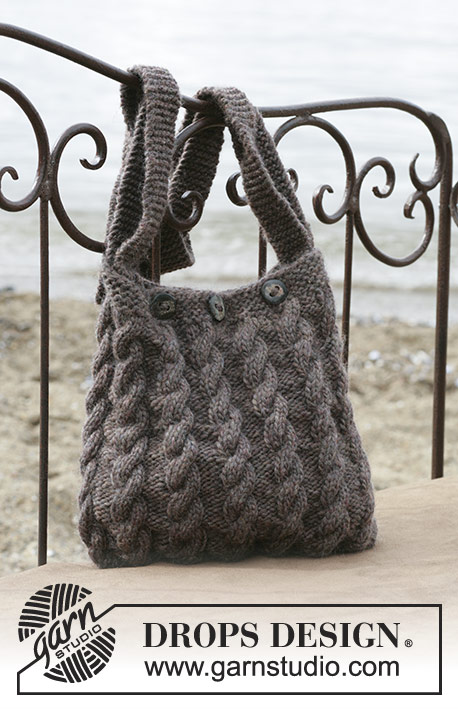

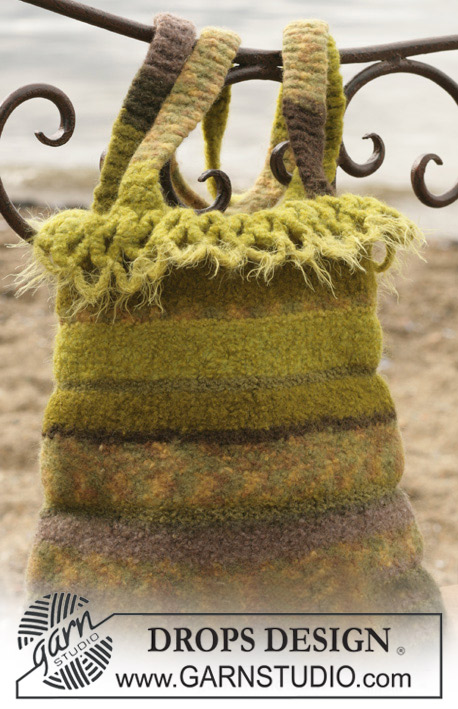
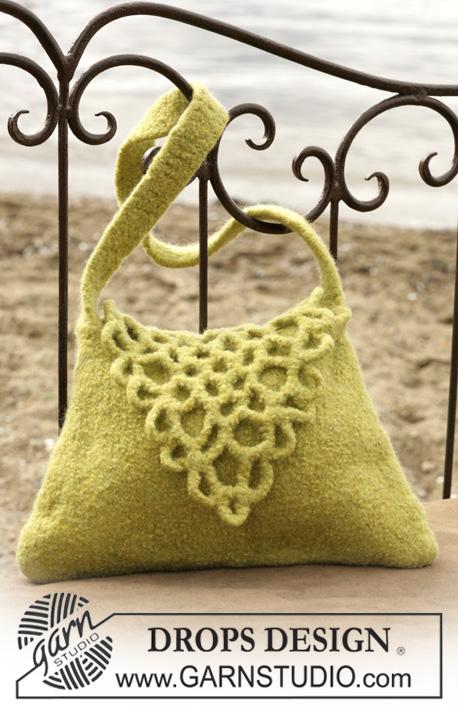



















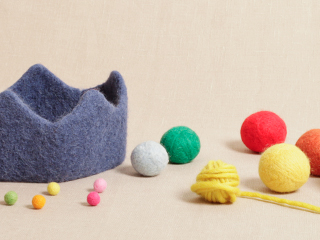












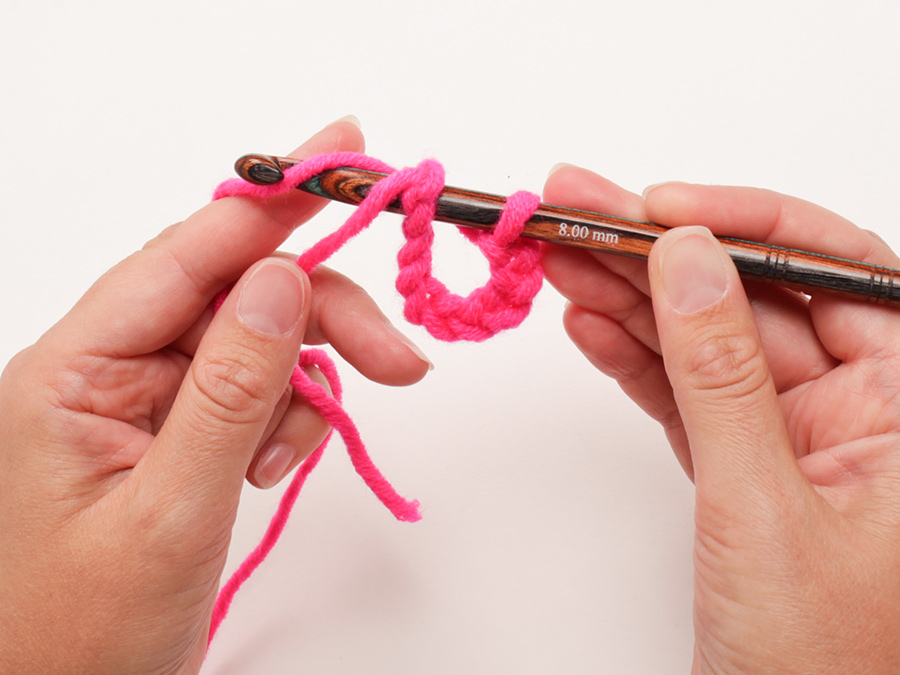








Escribe un comentario sobre DROPS 98-50
¡Nos encantaría saber qué piensas acerca de este patrón!
Si quieres escribir una pregunta referente al patrón, por favor asegúrate de elegir la categoría correcta en el formulario debajo, para acelerar el proceso de respuesta. Los campos obligatorios están marcados con un *.